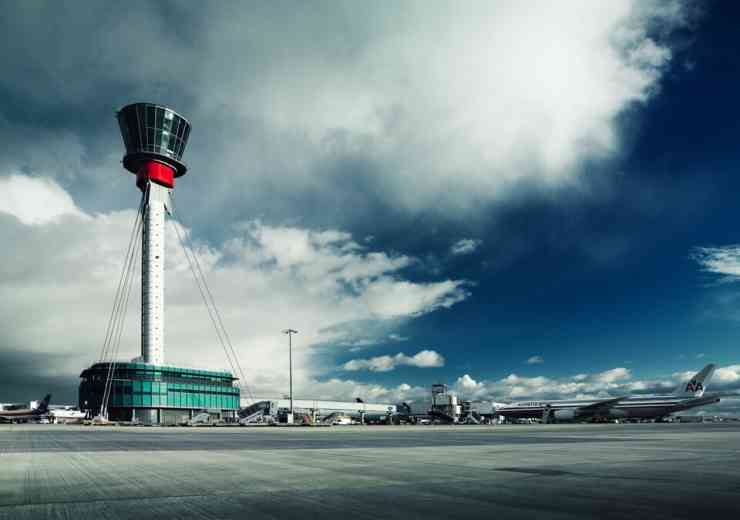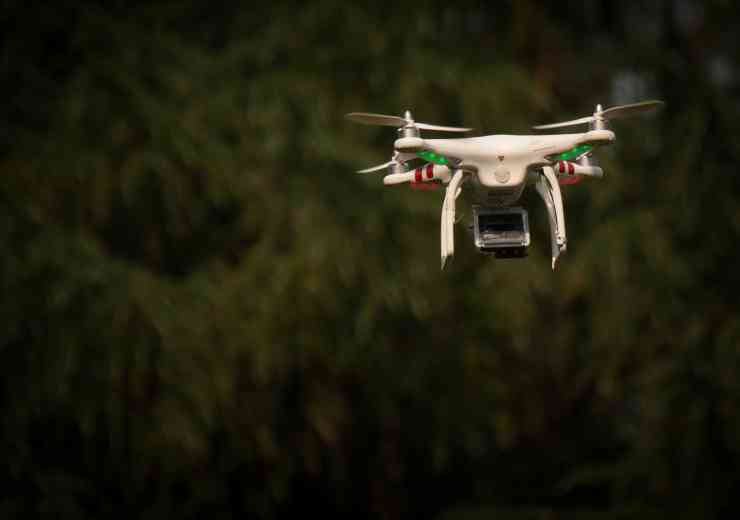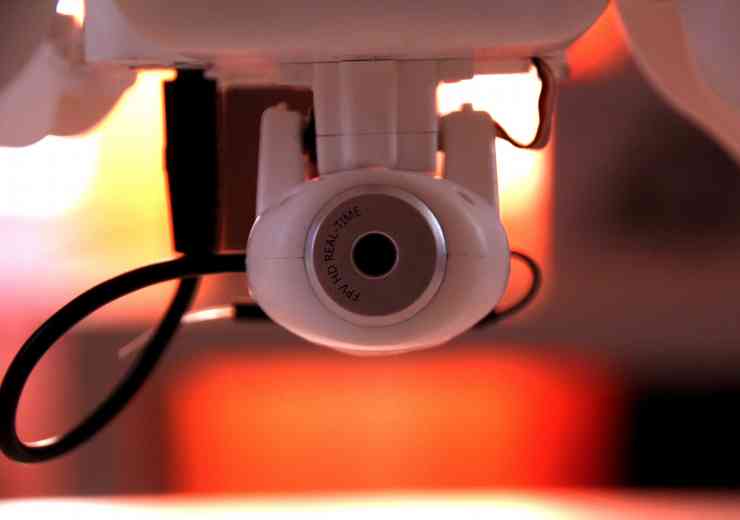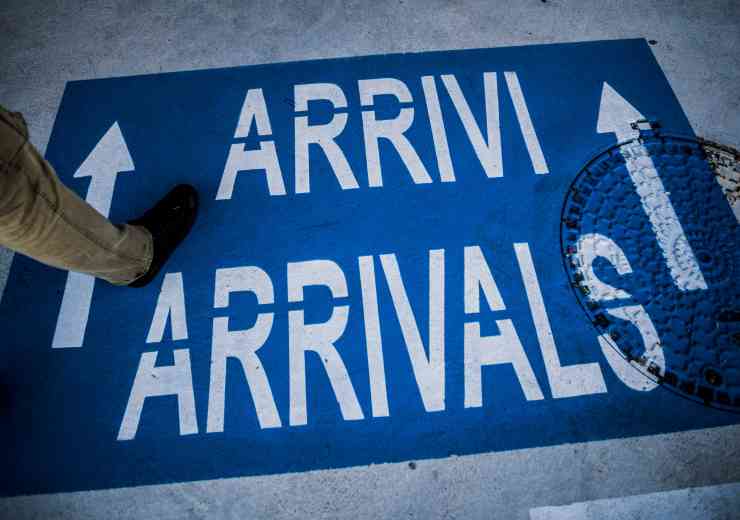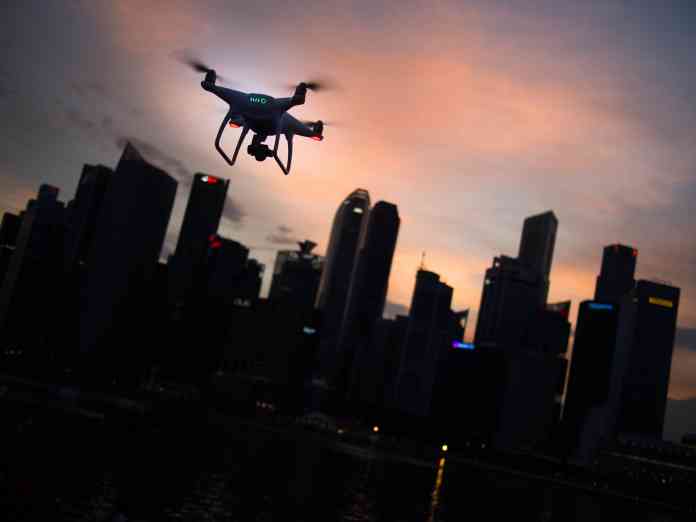
Could drones be the next threat from above?
Perran Bonner looks at the current regulation of the UAV industry and whether the speed of technology advances is helping or hindering security services
Speed of change within the ‘tech’ industry is considerable, however that speed is particularly evident within the unmanned aviation sector, perhaps in some areas almost comparable to that of the IT industry. Recent events and ongoing concerns around unmanned technology and the security sector highlight a significant divide between the two areas and one that needs careful management in the interests of national security.
When considering the security sector as an industry it is an area that typically learns from mistakes or omissions ,often loosing precious time against developing technology. Parallels could be drawn with the internet and security breaches that have recently transposed. This same problem has been manifesting around UAV capability, in part due to the fact that no significant attack has been executed on UK soil. This may be true. However, global patterns have seen an increase in the use of small unmanned aircraft as an attack platform on a tactical (local) level as well as their use for hostile reconnaissance.
The regulatory environment provides limited scope in dealing with this problem for many reasons, not least because those with criminal intent do not seek training, registration or operational process. Parallels can be drawn with many different areas of security concern, such as legal versus illegally held firearms, with few crimes committed by those who follow home office governance. As technology advances smaller and less obtrusive platforms have the ability to detect and avoid or sense their way around a 3D environment. Camera technology has become smaller and much more capable, flight times have been extended as the hunger for mobile phone technology drives the development of Lithium Ion Polymer batteries.
Of course, availability and affordability of unmanned technology is a major factor. For £1,000 you can now purchase a drone that can sense and avoid, fly autonomously, maintain flight for 28 minutes, gather TV qualify imagery and reach extended ranges of 5km. All of this whilst deploying from a case that is no more than a small handbag and is so non-descript that any discerning security officer would be forgiven for missing or dismissing its presence. In the security context such a small drone is covert prior to flight and due to the small size remains so when airborne, not least as few people spend their day looking skyward for threats to their well-being. All of these developments further the vulnerabilities of those wishing to protect people, infrastructure and reputation.
Would regulation help balance these vulnerabilities?
The Air Navigation Order regulates small unmanned aircraft in the 3Dimensional world of airspace and that order was recently amended to further increase the distances that drones should be flown from airport boundaries and limiting heights to 400ft. From a public perspective that is a good move and indeed for those security officers guarding our airports they know that nothing else should be flown within their working boundaries. Of course, that assumes they can see them and that they are aware of these new regulations (or indeed the operator is adhering to these regulations).
Therefore, there is another important factor and that is education, informing the security industry of capability and regulation both effecting threat profiles. Therefore, if the technical capability is high and the profile low, making detection very difficult, technology must have a large role in identifying, tracking and countering unwanted drone flight. However, this technology comes at considerable cost and budgets are not widely allocated for counter drone equipment. Some of this equipment has been proven on the battlefields of Northern Iraq where the final assaults on ISIS strongholds were delayed due to the use of unmanned aircraft.
Despite the expense there is another area that hinders this development and that is the credibility of some companies making wild claims about their technical ability. This is a common problem throughout the wider drone industry anyway. Any potential counter drone capability has to be considered carefully, perhaps utilising link budget analysis to make sure the threat really is mitigated. By the virtue that drones are now so advanced and operated by firmware that controls their positioning perhaps more work should be done around the use of embedded identification from IP data streams. Equally the purchasing process could have a wider role in regulating the ownership and intent of people buying unmanned aircraft.
Up until the development of widely available unmanned aircraft the threat posed by the aviation industry was mitigated post 9/11 with the many security measures put in place. Currently we remain at an unknown position where drones could be the next threat from above.
Of course, the corresponding development of drone capabilities is also advancing efficiencies in police and emergency service operations. Saving lives, reducing helicopter operating costs, creating new dimensions to crime scene investigation to name a few. Therefore, whilst regulation has limited effect when countering drones many efficiencies are being gained by security services operating them.
Perran Bonner is the ex-chair of the Association of Remotely Piloted Aircraft Systems (ARPAS UK).



